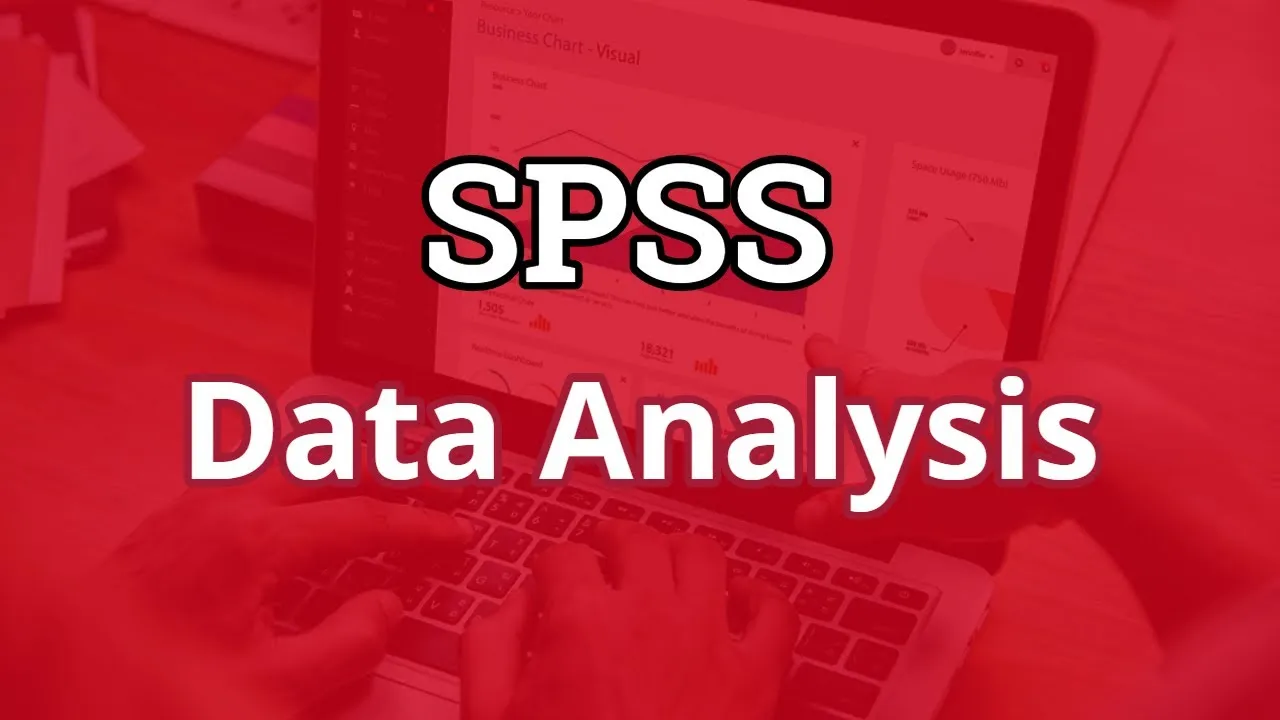The Tableau Certified Data Analyst certification is intended for individuals who enable stakeholders to make business decisions by understanding the business problem, identifying data to explore for analysis, and delivering actionable insights.
This credential validates both core Tableau knowledge and hands-on development skills of employees, partners, customers, and freelancers, who need to work with various Tableau products including: Tableau Desktop, Tableau Prep, and either Tableau Server or Tableau Online.
There are no prerequisites for the exam. Upon successful completion of this exam, candidates are awarded the title of Tableau Certified Data Analyst. This title is valid for two years.
Audience
Candidates for this exam have knowledge of the capabilities of Tableau Desktop, Tableau Prep, and either Tableau Server or Tableau Online to:
- Connect to data source
- Perform data transformations
- Explore and analyze data
- Create meaningful visualizations that answer key business questions
- Share content and keep the content current by publishing, scheduling, and maintaining it on the web
The Data Analyst typically has a minimum 6 months of experience with Tableau and Tableau products including Tableau Prep, Tableau Desktop, and either Tableau Server or Tableau Online.
The Data Analyst has the skills to pass Tableau Desktop Specialist (TDS) certification exam. The Data Analyst exam is an advancement of that skillset. Candidates will not be tested on the level of the TDS exam because they are assumed to possess the competencies covered in that exam.
Benefits
This exam guide is designed to help you evaluate if you are ready to successfully complete the Tableau Certified Data Analyst exam.
This guide provides information about the target audience for the exam, the recommended training and documentation, and a complete list of exam objectives.
We highly recommend a combination of on-the-job experience, course attendance, and self-study to maximize your chances of passing the exam.
Exam Overview
-
- Knowledge-based: 40-45 items of various types including multiple-choice, multiple-select, and active screen items. Prior to the start of your exam, there is a tutorial that shows examples of the various item types.
- Performance-based: 8 – 10 hands-on lab items. The pre-exam tutorial also includes examples of what you will experience in the hands-on lab section.
Course Outline
Domain 1: Connect to and Transform Data
1.1 Connect to Data Sources
- 1.1.1. Choose an appropriate data source
- 1.1.2. Choose between live connection or extract
- 1.1.3. Connect to extracts
- 1.1.4. Connect to spreadsheets
- 1.1.5. Connect to .hyper files (or .tde files)
- 1.1.6. Connect to relational databases
- 1.1.7. Pull data from relational databases by using custom SQL queries
- 1.1.8. Connect to a data source on Tableau Server
- 1.1.9. Replace the connected data source with another data source for an existing chart or sheet
1.2. Prepare data for analysis
- 1.2.1. Assess data quality (completeness, consistency, accuracy)
- 1.2.2. Perform cleaning operations
- 1.2.3. Organize data into folders
- 1.2.4. Use multiple data sources (establish relationships, create joins, union tables, blend data)
- 1.2.5. Prepare data by using Data Interpreter, pivot, and split
- 1.2.6. Create extract filters
1.3. Perform data transformation in Tableau Prep
- 1.3.1. Choose which data transformation to perform based on a business scenario
- 1.3.2. Combine data by using unions
- 1.3.3. Combine data by using joins
- 1.3.4. Shape data by using aggregations
- 1.3.5. Perform filtering
- 1.3.6. Shape data by using pivots
1.4. Customize fields
- 1.4.1. Change default field properties (types, sorting, etc.)
- 1.4.2. Rename columns
- 1.4.3. Choose when to convert between discrete and continuous
- 1.4.4. Choose when to convert between dimension and measure
- 1.4.5. Create aliases
Domain 2: Explore and Analyze Data
2.1. Create calculated fields
- 2.1.1. Write date calculations (DATEPARSE, DATENAME…)
- 2.1.2. Write string functions
- 2.1.3. Write logical and Boolean expressions (If, case, nested, etc.)
- 2.1.4. Write number functions
- 2.1.5. Write type conversion functions
- 2.1.6. Write aggregate functions
- 2.1.7. Write FIXED LOD calculations
2.2. Create quick table calculations
- 2.2.1. Moving average
- 2.2.2. Percent of total
- 2.2.3. Running total
- 2.2.4. Difference and percent of difference
- 2.2.5. Percentile
- 2.2.6. Compound growth rate
2.3. Create custom table calculations
- 2.3.1. Year to date
- 2.3.2. Month to date
- 2.3.3. Year over year
- 2.3.4. Index
- 2.3.5. Ranking
- 2.3.6. First-last
2.4. Create and use filters
- 2.4.1. Apply filters to dimensions and measures
- 2.4.2. Configure filter settings including Top N, Bottom N, include, exclude, wildcard, and conditional
- 2.4.3. Add filters to context
- 2.4.4. Apply filters to multiple sheets and data sources
2.5. Create parameters to enable interactivity
- 2.5.1. In calculations
- 2.5.2. With filters
- 2.5.3. With reference lines
2.6. Structure the data
- 2.6.1. Sets
- 2.6.2. Bins
- 2.6.3. Hierarchies
- 2.6.4. Groups
2.7. Map data geographically
- 2.7.1. Create symbol maps
- 2.7.2. Create heat maps
- 2.7.3. Create density maps
- 2.7.4. Create choropleth maps (filled maps)
2.8. Summarize, model, and customize data by using the Analytics feature
- 2.8.1. Totals and subtotals
- 2.8.2. Reference lines
- 2.8.3. Reference bands
- 2.8.4. Average lines
- 2.8.5. Trend lines
- 2.8.6. Distribution bands
- 2.8.7. Forecast by using default settings
- 2.8.8. Customize a data forecasting model
- 2.8.9. Create a predictive model
Domain 3: Create Content
3.1. Create charts
- 3.1.1. Create basic charts from scratch (bar, line, pie, highlight table, scatter plot, histogram, tree map, bubbles, data tables, Gantt, box plots, area, dual axis, combo)
- 3.1.2. Sort data (including custom sort)
3.2. Create dashboards and stories
- 3.2.1. Combine sheets into a dashboard by using containers and layout options
- 3.2.2. Add objects
- 3.2.3. Create stories
3.3. Add interactivity to dashboards
- 3.3.1. Apply a filter to a view
- 3.3.2. Add filter, URL, and highlight actions
- 3.3.3. Swap sheets by using parameters or sheet selector
- 3.3.4. Add navigation buttons
- 3.3.5. Implement user guiding sentences (click…, hover…, menu options)
3.4. Format dashboards
- 3.4.1. Apply color, font, shapes, styling
- 3.4.2. Add custom shapes and color palettes
- 3.4.3. Add annotations
- 3.4.4. Add tooltips
- 3.4.5. Apply padding
- 3.4.6. Remove gridlines, row-level and column-level bands, and shading
- 3.4.7. Apply responsive design for specific device layouts
Domain 4: Publish and Manage Content on Tableau Server and Tableau Cloud
4.1. Publish Content
- 4.1.1. Publish a workbook
- 4.1.2. Publish a data source
- 4.1.3. Print content
- 4.1.4. Export content
4.2. Schedule data updates
- 4.2.1. Schedule data extract refreshes
- 4.2.2. Schedule a Tableau Prep workflow
4.3. Manage Published workbooks
- 4.3.1. Create alerts
- 4.3.2. Create subscriptions





